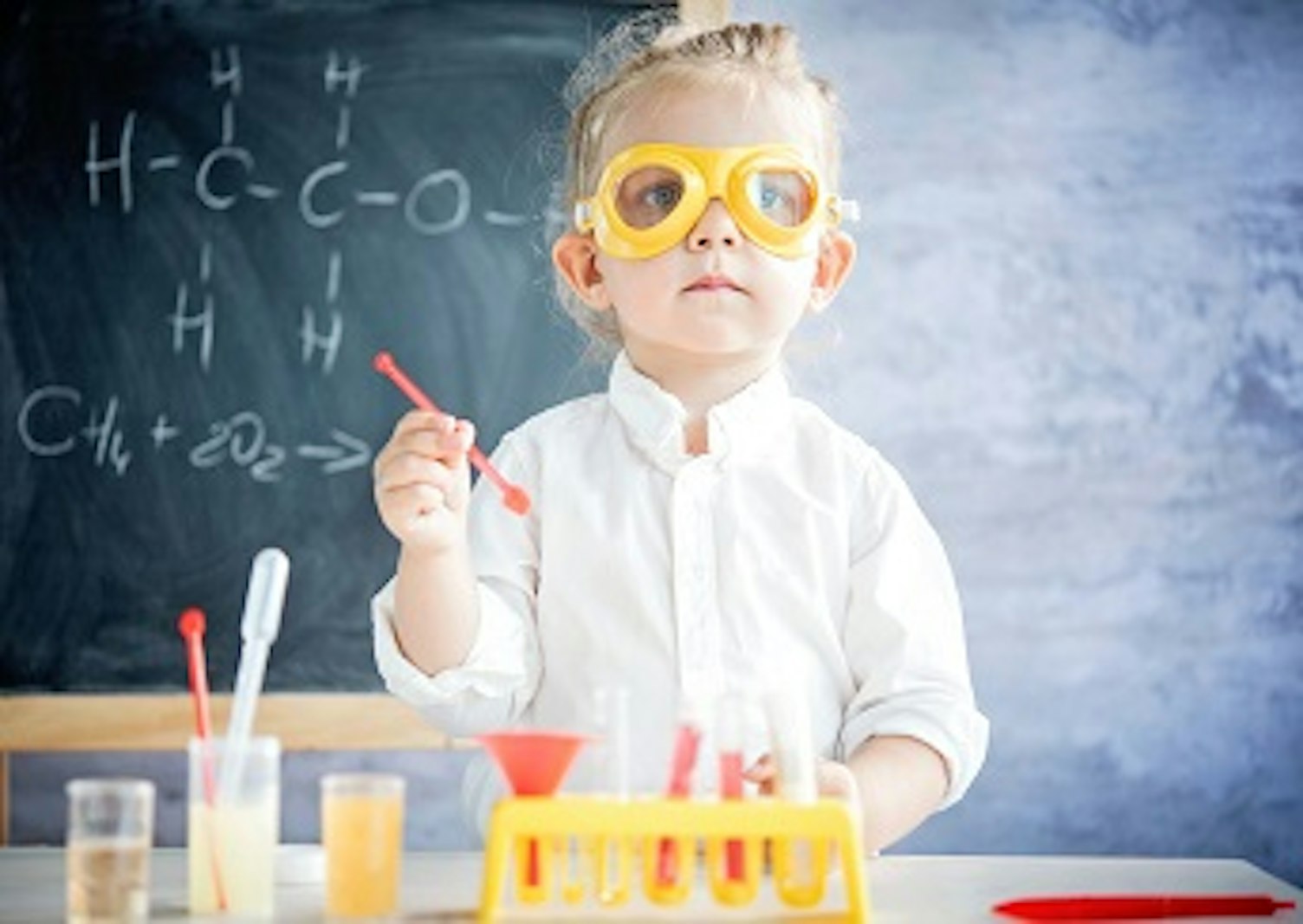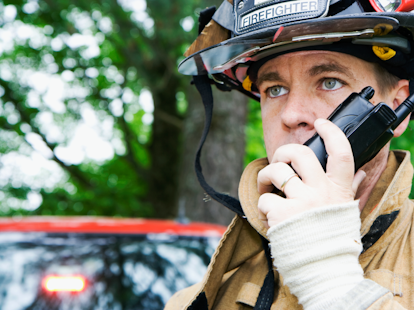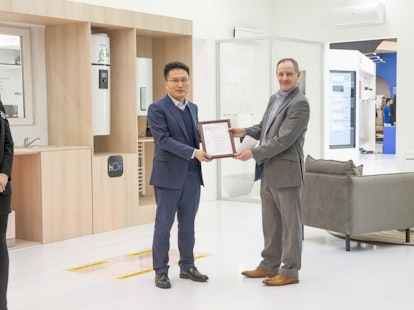
Today, many modern chemistry sets are designed according to the guidelines of microscale chemistry; using precise but smaller quantities of chemicals is more economical and safer than traditional setups. Due to this, EU’s EN 71-4 was published to reduce the risks and health hazards to a child when experimental sets involving chemical experiments are used as intended or in a foreseeable way.
Today, many modern chemistry sets are designed according to the guidelines of microscale chemistry; using precise but smaller quantities of chemicals is more economical and safer than traditional setups. Due to this, EU’s EN 71-4 was published to reduce the risks and health hazards to a child when experimental sets involving chemical experiments are used as intended or in a foreseeable way.
This standard applies to experimental sets for chemistry and related activities including crystal growing sets, carbon dioxide generating experimental sets and supplementary sets. It also covers sets for chemical experiments within the fields of mineralogy, biology, physics, microscopy and environmental science whenever they contain one or more chemical substances and/or mixtures which are classified as hazardous according to Regulation (EC) No. 1272/2008.
On 23 December 2020, the European Committee for Standardization (CEN) published the new version of the safety standard for experimental sets for chemistry and related activities – EN 71-4:2020. All CEN members will adopt and publish their national standard by 30 June 2021. The current version, EN 71-4:2013 continues to provide presumption of conformity to the EU Toy Safety Directive 2009/48/EC until the new version has been harmonized.
Highlights of the modifications made in the new standard are summarized below:
- Combined Sets, e.g. a combination of a chemistry set and a crystal growing set, are not within the scope of the standard (with rationale mentioned) according to the decision stated in CEN/TR 15371-2:2019
- Food additives and their mixtures according to the Food Additives Regulation [EC] 1333/2008 have been allowed to be supplied in chemistry sets
- Chemistry sets, non-hazardous foods or other household materials (e.g. starch or flour) can be suggested for experiments as mentioned in the instructions but not supplied, because understanding the composition of these everyday products is considered educational
- Tables, which indicate the maximum amounts of chemical substances and mixtures allowed to be supplied in experimental sets and their corresponding labelling required, have been revised with regards to GHS pictograms and signal words to adapt to changes in the CLP classification
- Requirements on closures for child-resistant containers that need to be used in chemistry sets have been revised by permitting only those in compliance with EN ISO 8317:2015, other options provided previously have been removed as they are considered not suitable
- Amendment of method for the closure of child-resistant containers
- Carbon dioxide generating experimental sets now require eye protection if they contain substances requiring GHS pictogram GHS05, relevant safety rule should also be given
- Details of manufacturer or importer has been removed from the requirements on marking of the primary packaging as they are required by the Toy Safety Directive 2009/48/EC
Protect children and your brand by contracting SGS to ensure that your toys meet the complex requirements of the EU Toy Safety Directive.
To purchase this service/ get a quote, please visit TIC Mall.
For enquiries, please contact our Customer Service team!
To obtain a copy in PDF, please click here.
Related links
Units 303 & 305, 3/F, Building 22E,
Phase 3, Hong Kong Science Park,
Pak Shek Kok, New Territories,
Hong Kong, China



